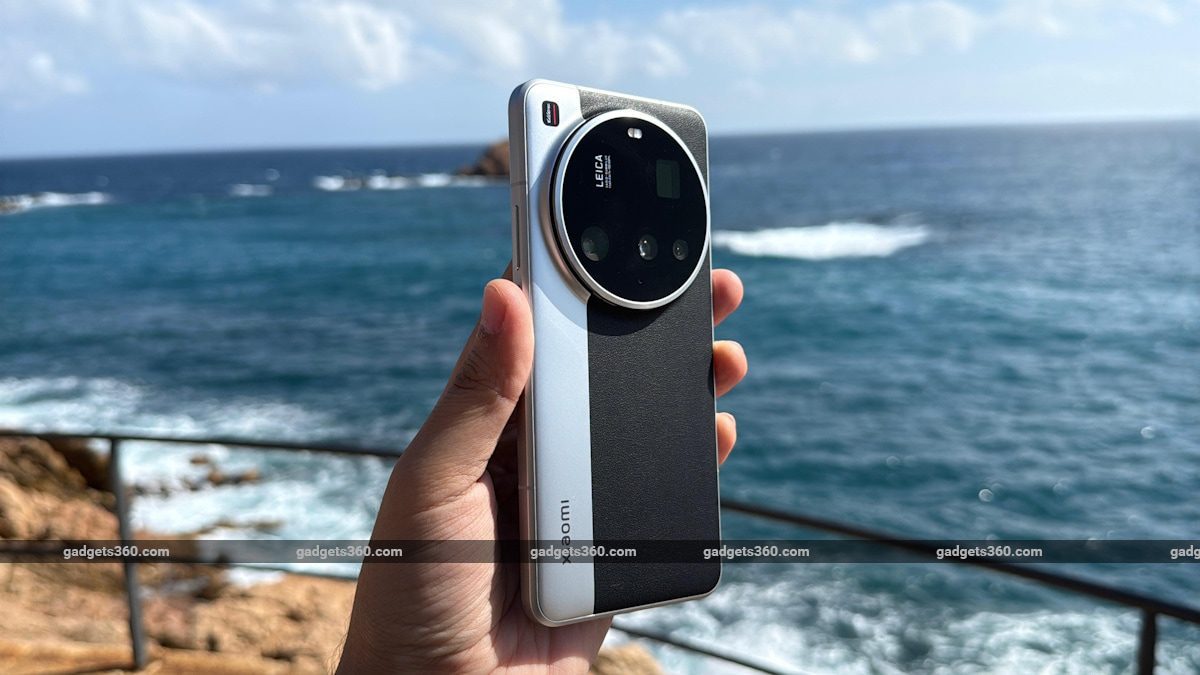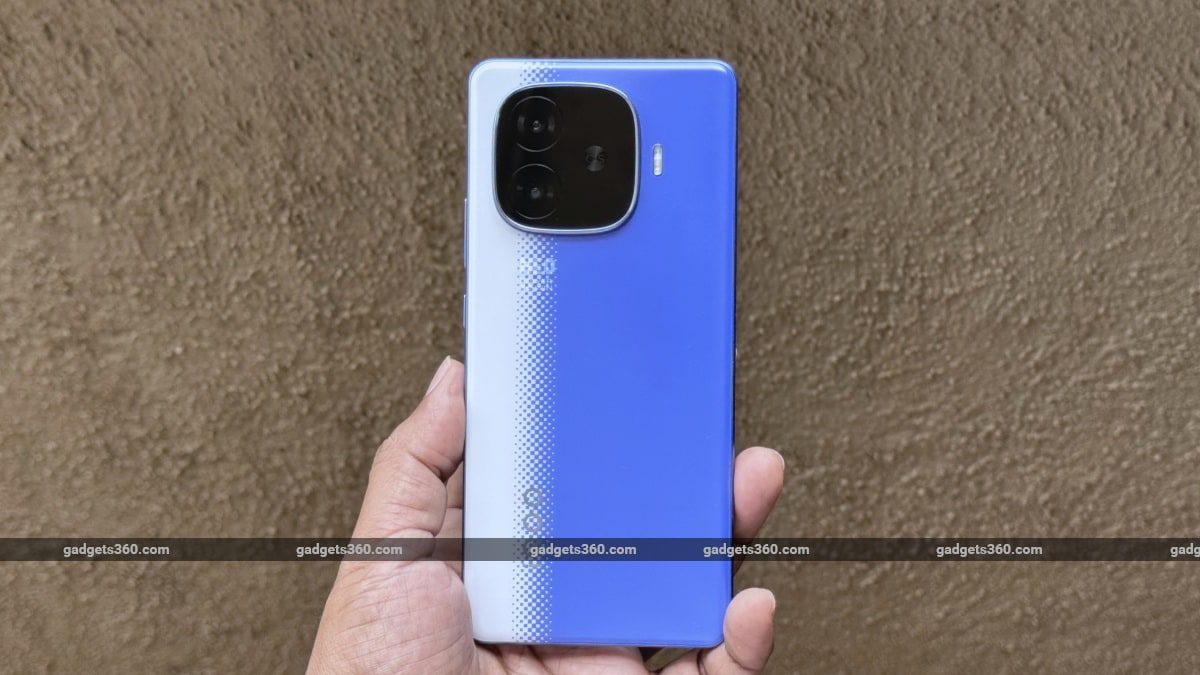
Samsung Galaxy S25 Series to Feature Older Display Technology to Cut Costs: Report

Samsung
Galaxy
S25
series
will
reportedly
feature
slightly
older
display
technology
to
keep
costs
of
producing
the
upcoming
handsets
in
check.
While
the
iPhone
16
Pro
models
sport
displays
that
are
built
with
the
company’s
latest
technology,
the purported
successors
to
the
company’s
Galaxy
S24
lineup
might
not
offer
the
same
display
improvements
as
its
rivals,
according
to
a
report.
Samsung
is
expected
to
launch
the
Galaxy
S25
series
of
smartphones
in
early
2025,
with
Snapdragon
8
Elite
chips.
Samsung
Galaxy
S25
Could
Feature
Older
Display
Technology
to
Cut
Costs
An
ETNews
report
citing
industry
insiders
(in
Korean)
states
that
Samsung
will
equip
the
Galaxy
S25
series
with
low-temperature
polycrystalline
oxide
(LTPO)
OLED
panels
built
by
Samsung
Display
using
M13
organic
materials.
These
are
the
same
OLED
materials
were
reportedly
used
by
the
company
to
produce
the
displays
for
the
Samsung
Galaxy
S24
series
that
arrived
earlier
this
year.
This
means
that
the
Samsung
Galaxy
S25
series
will
not
feature
displays
that
are
built
using
M14
organic
materials,
used
by
Samsung
Display
to
produce
the
panels
on
the
iPhone
16
Pro
models
that
were
launched
earlier
this
year.
Display
Chain
Supply
Consultants
(DSCC)
CEO
Ross
Young
also
echoed
these
claims,
stating
that
the
decision
was
made
for
“cost
reasons”.
Confirmed
with
materials
suppliers
that
the
S25
Ultra
will
use
M13
rather
than
M14
materials
for
cost
reasons.—
Ross
Young
(@DSCCRoss)
October
25,
2024
The
report
also
sheds
some
light
on
the
display
sizes
of
the
company’s
upcoming
flagship
phones
—
the
Galaxy
S25
could
feature
a
6.16-inch
screen,
while
the
Galaxy
S25+
and
the
Galaxy
S25
Ultra
may
sport
6.66-inch
and
6.86-inch
displays,
respectively.
At
Qualcomm’s
recent
Snapdragon
Summit
2024
event,
Samsung
Mobile
President
TM
Roh
said
that
Samsung’s
upcoming
smartphone
models
would
be
equipped
with
the
chipmaker’s
latest
flagship
processor.
It
is
unclear
whether
the
purported
decision
to
use
an
older
display
technology
to
cut
costs
is
related
to
the
reported
decision
to
use
Snapdragon
8
Elite
chipsets
on
all
models,
unlike
the
Galaxy
S24
and
Galaxy
S24+
that
arrived
with
an
Exynos
2400
SoC
in
several
markets.













